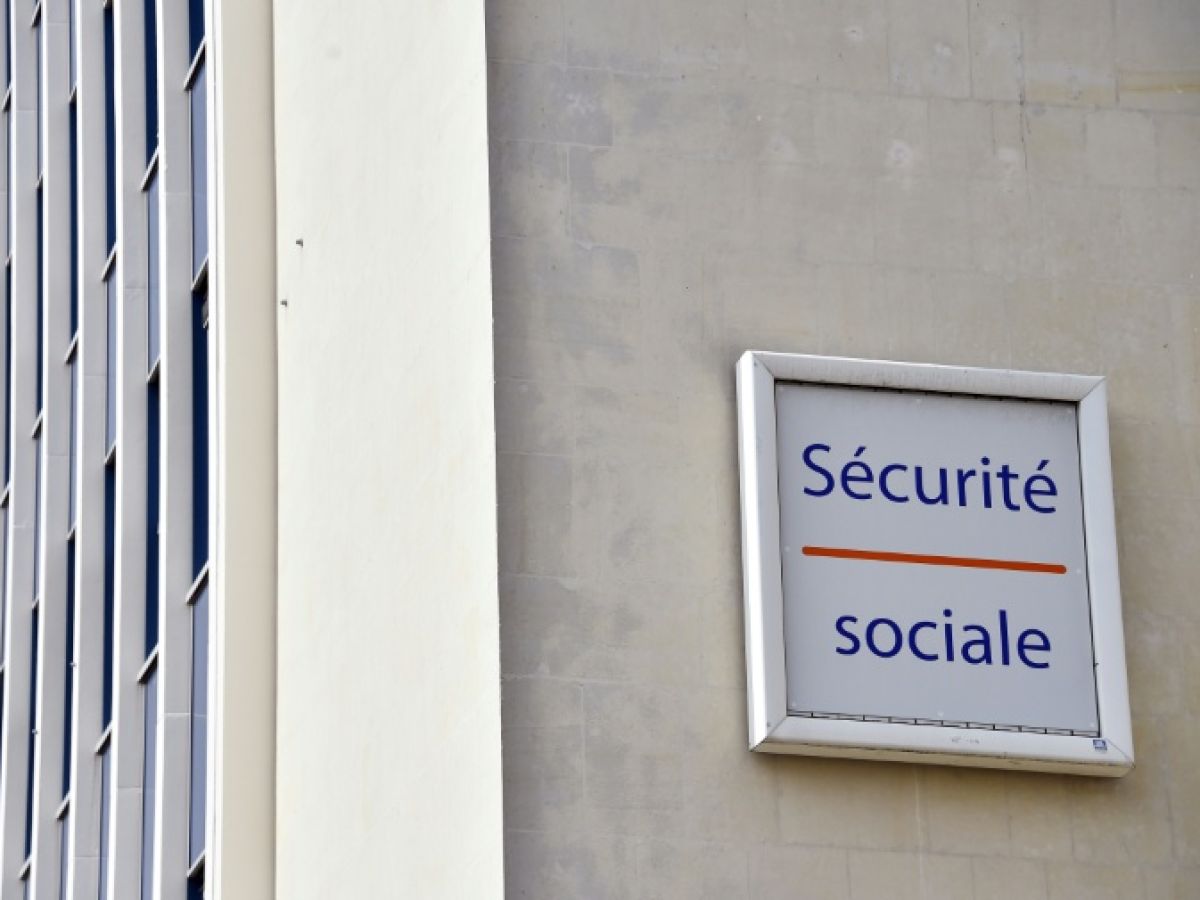On October 4, 1945, the Provisional Government of the French Republic (GPRF) published the first of two founding ordinances of Social Security. Over the years, it became "much more inclusive," "a sort of fundamental right," according to historian Bruno Valat.
Question: "Systems of compensation for work accidents, health insurance, and pension insurance existed before 1945. What do the ordinances bring that are new?"
Answer: "They first bring simplification and rationalization. Health insurance, family benefits, pensions and work accidents are brought together in a single system, the general system, based on local funds in a monopoly situation: in a given place, there is a single social security fund and a single family allowance fund, whereas before there could be 5, 10, 15 funds which contributed to the application of the laws.
The other important change is governance: the funds are entrusted to two actors, the workers' unions and the employers. All other actors – the mutualists, for example – are expelled from the system. The aim was to create a kind of social democracy, perhaps to fight a little against the class struggle, by having the workers' unions and the employers discuss and collaborate within the same institution.
As for benefits, paradoxically, continuity is what dominates. We are more or less redoing what existed in the past, but we are trying to improve it so that the actual social coverage is better and it works better."
Question: “Are the 1945 ordinances not also the advent of social protection for all workers?”
Answer: "The idea behind the ordinances is to create a universal system, but in the long term, in an indefinite horizon, because in 1945, we were aware of the difficulties, the limitations of the means at our disposal.
So we say that we are going to create a system for all employees, which will significantly increase the number of people benefiting from social security, without causing a radical break.
For the self-employed (craftsmen, traders, liberal professionals, farmers), who are much more numerous than today, the task was much more complicated. A first attempt to provide them with Social Security failed in 1946. Therefore, it was not until the 1960s that they truly had compulsory health coverage.
Question: “Social Security has changed a lot since 1945. What are the main differences between today’s Social Security and the original one?”
Answer: “Social Security is much more inclusive today than in 1945, meaning it covers practically all French people.

Health insurance, which was initially a protection for workers, one could almost say a salary supplement, has today become a kind of fundamental right, a human right that must be open to all residents.
But this was not achieved within the institutional framework that was originally intended. Today, the role of social partners has become essentially symbolic, and in practice, it is the State that manages the branches. The idea of managing social security through a kind of social democracy has completely disappeared.
The other obvious difference is funding. In 1945, the Social Security system was financed exclusively by employee and employer contributions. Today, tax resources (CSG, VAT, earmarked taxes on tobacco, alcohol, etc.) are increasingly important, and in the long term, they may become the majority.
So, we have moved from a Social Security system that was really in the sphere of social insurance to a Social Security system that is increasingly in the sphere of public finances and public service.
And the hierarchy of benefits has completely changed. In 1945, family benefits alone represented almost 50% of Social Security spending. Today, they have become completely secondary compared to health insurance and retirement.
